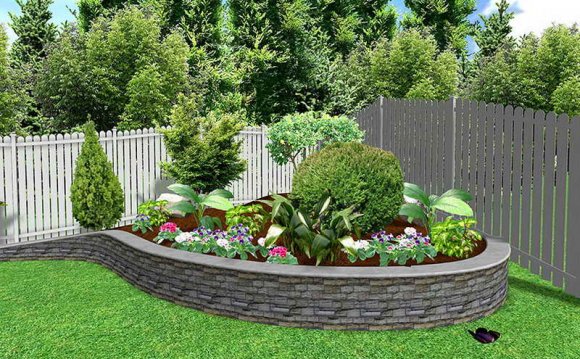
Yan Chen, Ron Strahan and Regina P. Bracy
Yellow nutsedge is one of the most troublesome and widespread perennial weeds in landscapes and gardens across the coastal plains. This fast-growing weed can be found in nearly all soil types but thrives in irrigated landscape plantings. Its upright growth habit and pale green color make it a prominent distraction in the aesthetics of high quality landscapes. Although grass-like and often referred to as nutgrass, nutsedges are not grasses but true sedges. Sedges can be identified by their triangular stems, whereas grass stems are flat or oval. Distinguishing between grasses and sedges is important to landscape managers because selective grass-killing herbicides such as fluazifop and sethoxydim will not work on sedges.It is also important to differentiate within sedge species because the species differ in their herbicide susceptibility. The two most common sedge species found in landscape beds are yellow nutsedge and purple nutsedge. As their names imply, flower color is an easy way to identify the two species. Yellow nutsedge flowers are yellowish while those of purple nutsedge are burgundy to purple. Both species produce rhizomes and tubers, but purple nutsedge produces tubers connected by rhizomes or “chains.” Yellow nutsedge produces tubers at the end of rhizomes. When flowers are not available, leaf tip is the easiest way to differentiate the two species. Yellow nutsedge leaf tips have long and tapered points; purple nutsedge leaf tips are blunt or dagger-like in appearance.
Yellow nutsedge is difficult to manage because of its carbohydrate-storing tubers that produce numerous aerial shoots. One tuber is capable of producing as many as 1, 900 shoots and up to 7, 000 additional tubers each year. Tubers are viable for years and are distributed from 2 to 14 inches below the soil surface. These characteristics contribute to a long germination period that requires repeated treatment for effective control.
Although tilling and hand-pulling are common weed control methods, they are time-consuming and expensive and often contribute to the spread of the sedge in the field. Few nonselective herbicides are available that control yellow nutsedge (Table 1). Selective herbicides, including pre-emergence and postemergence products, are available, but choosing the correct product depends on proper sedge identification. For example, the herbicide Pennant provides good preemergence yellow nutsedge control but no control of purple nutsedge.
Mulching is a common practice in landscape maintenance to protect trees and shrubs from soil temperature fluctuation and to provide some weed control by suppressing seed or tuber germination. Research suggests that nutsedge tubers will emerge through bark or rock mulches in landscape plantings; however, a thick layer of mulch combined with herbicide treatment may control nutsedge at emergence or at an early growth stage.















